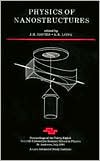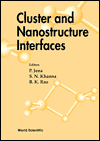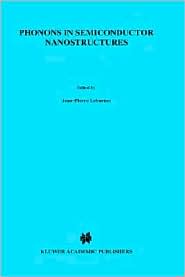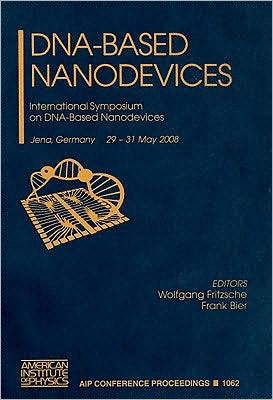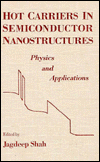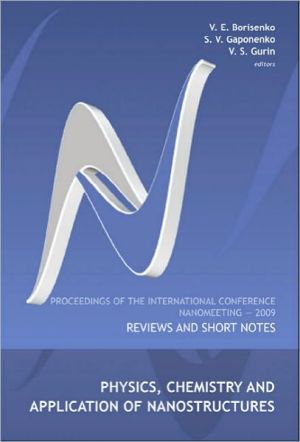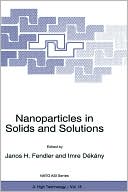Physics of Nanostructures
Search in google:
Suitable as a main text for MSc courses on Physics of Nanostructures (shortage of text books on this subject. This book fills an important gap - no direct competition. Invaluable to PhD students working in this area. Direct interest to engineers who make and use nanostructures in potential devices. UK centres for graduate courses in this area: Glasgow University; University of Nottingham; University of Cambridge (colleges not specified). European centres for taught PhDs in this area: The Netherlands: Delft University of Technology; Germany: Aachen University; Sweden: Chalmers University, Gothenburg; France: Paris, ENS Lab de Physique de al Mat. Condensee F75231 Cedex 05. Japanese sales are reported to be very good - contact Professor H Sakaki, University of Tokyo, Research Centre for Advanced Science and Technology. USA, suitable for use on 200 abd 300 courses - contact Professor H G Craighead, National Nanofabrication Facility, Cornell; Professor A D Stone, Yale University, Department of Physics; Dr B Geerligs, UCB, Department of Physics. Why a book on Physics of Nanostructures? Physics of Nanostructures is explained in a series of clearly written, concise lectures, designed for teaching graduate students and recently qualified post doctoral workers. In the drive to reduce the size of electronic circuits and maximise the number of circuits on a chip, researchers have come across many physical problems. Explanation of these problems has shown up novel phenomena. These novel phenomena, at the electron scale, affect the performance of semiconducting devices. They must thus be explained and understood to ensure that the materials used, how these are grown and selected, will lead to a microelectronic device that will perform reliably in its given task. They are contributing to the rapid growth of computer technology and, in future, devices are likely to work on completely different physical principles (due to their different behaviour properties) than their predecessors. Commercial applications are only just beginning. For example, lasers based upon quantum wires or dots. This market is growing in importance! Booknews Proceedings of the 38th Scottish Universities Summer School of Physics, St. Andrews, July-August 1991, a NATO Advanced Study Institute dealing, in part, with molecular beam epitaxy formation, hole eigenstates, coherent quantum transport, lateral superlattices, and spectroscopic observation. Annotation c. Book News, Inc., Portland, OR (booknews.com)
